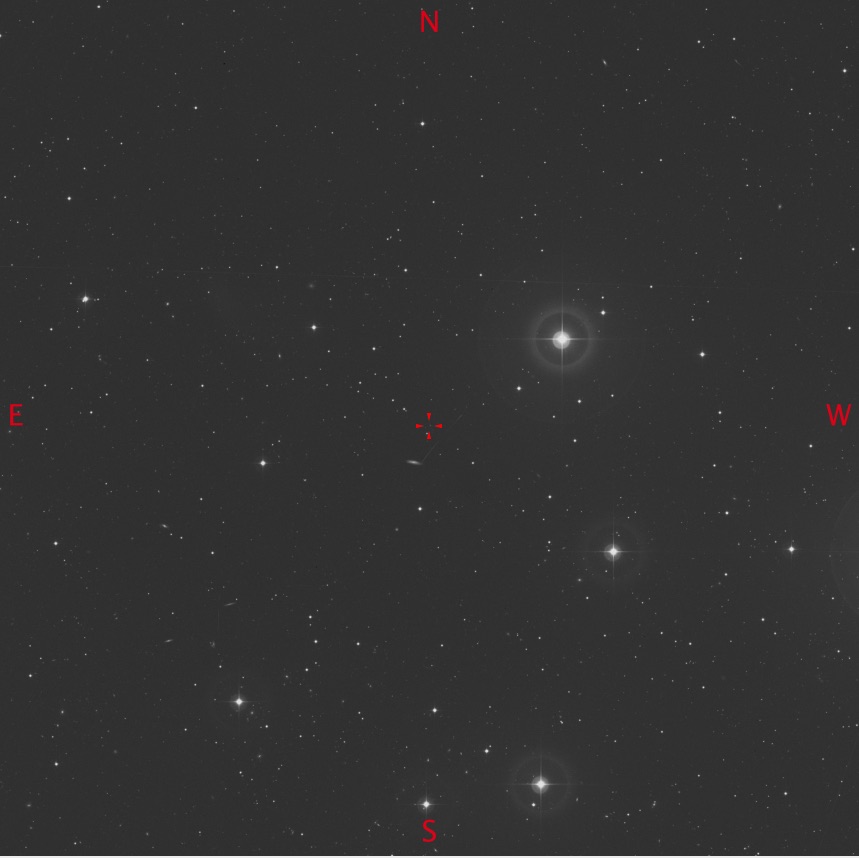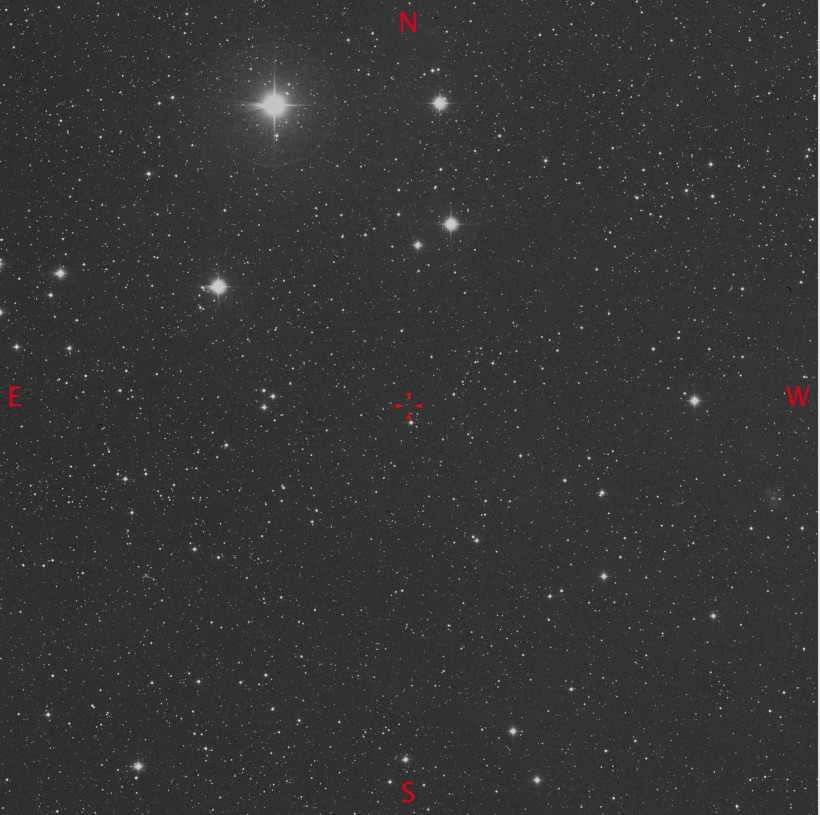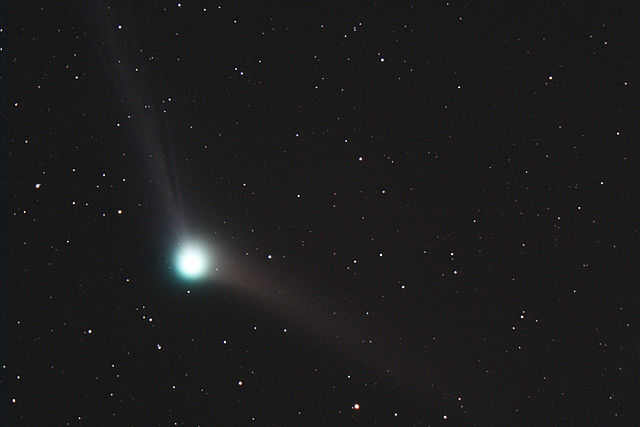It’s been a while since I got up at ‘Stupid O’Clock’ to do a bit of observing. But waking at 3am and feeling reasonably alert, a peek through the window confirmed perfect observing conditions and too good an opportunity to miss.
Of the three Collinder Clusters I observed this morning, fate chose ones ones with huge 2 to 3 degree diameters, so for once all these had to be observed using the TMB. In retrospect, they would have been better viewed through a pair of Binoculars, which I didn’t have to hand at the time.
Seeing and Transparency conditions were the best I’ve had in over a year and focused stars were sharp enough to cut through, when viewed through the TMB. Having said that, sky glow from Falmouth, and the soon to rise sun in the East, just took the edge off the SQM.
Session Details
- Date: 16/1/2016
- Time: 05:17 – 07:23 UT
- Seeing: I Perfectly Stable,
- Transparency: I Extremely Clear,
- Temp:1.2c,
- Pressure: 1012mb,
- Humidity: 75%,
- Dew Point: -0.8 ,
- Wind: 4.5mph,
- SQM: 19.06 –
- NELM: 5.6
Collinder 256, Melotte 111

In the TMB 80 f/6, 26mm Plossl, 18 X, 2.8° West is to the 10 O’Clock Within the 2.8 degree FOV there are about 12 bright stars ranging from 5.0 to 6.7 mag. Most of these are in the Northern half of the FOV. Just off centre to the South is a nice little four star asterism forming a three bladed propeller. This is the only highlight in this cluster, which in itself isn’t very interesting.
Collinder 464

In the TMB 80 f/6, 26mm Plossl, 18 X, 2.8° West is to the 7 O’Clock.
There are about a dozen bright stars in the FOV of which about 7 or 8 are within the 2 degree boundary of the Cluster itself. They range in brightness between 6.0 and 7.4 mag. The concentration of these and the fainter stars that make up the brighter parts of the cluster and which run in a E/W direction. There is a grouping of three 6.0 mag stars to the South, 40 arc/min out from the centre of the FOV. Another quite unspectacular Cluster.
Collinder 471

In the TMB 80 f/6, 26mm Plossl, 18 X, 2.8°, West is to the 10 O’Clock.
The 2.8 degree FOV shows no central concentration of stars and apart from a very random smattering of about twelve 5.0 to 7.0 mag stars in three groups. The most noticeable group of four 4.8 mag to 7.4mag stars form a trapezium just off centre to the North. To the West at the edge of the FOV are four 7.0mag to 8.8 mag stars and three 7.0 mag to 8.0mag stars to the South.
Comet C/2013 US10 Catalina

Image Courtesy of https://commons.wikimedia.org/wiki/File:20151208-catalina.jpg
In the Altair 250mm f/8 RC, 40mm Plossl, 51 X, 52′ West is to the 9 O’Clock.
Well what can I say. This was gorgeous. My voice recorder batteries packed up, so I’m writing this note from memory. The coma was about 3 arc/min in diameter and the tail – I could only see one, stretched about 15 arc/min right out to the West and was immediately obvious as soon as you put your eye to the 40mm.
Switching to the Altair 250mm f/8 RC, 14mm Delos, 145 X, 29.8′, the overall view wasn’t as good and the tail seemed less obvious to me.
Really nice and one of the best comets observed so far.